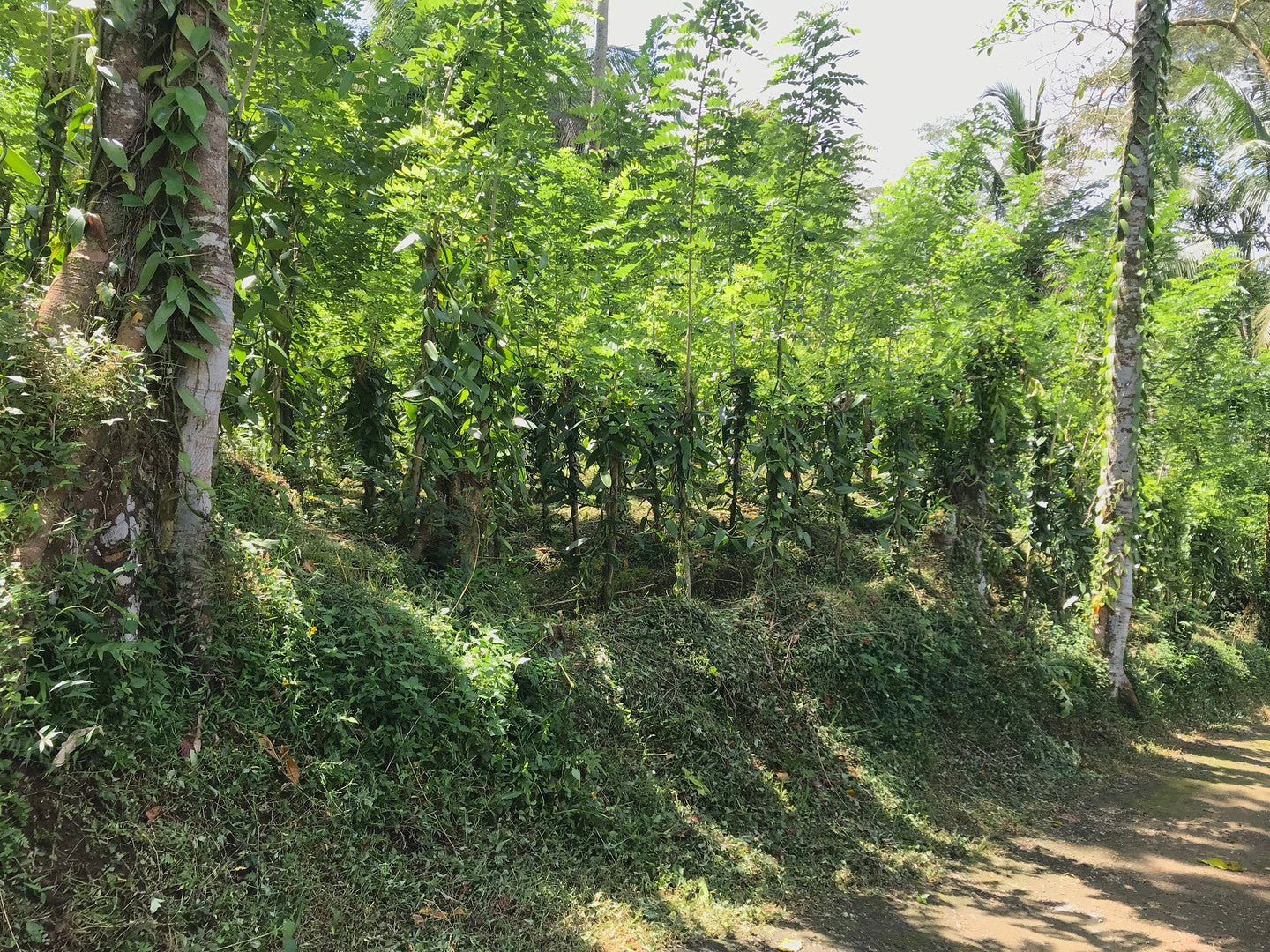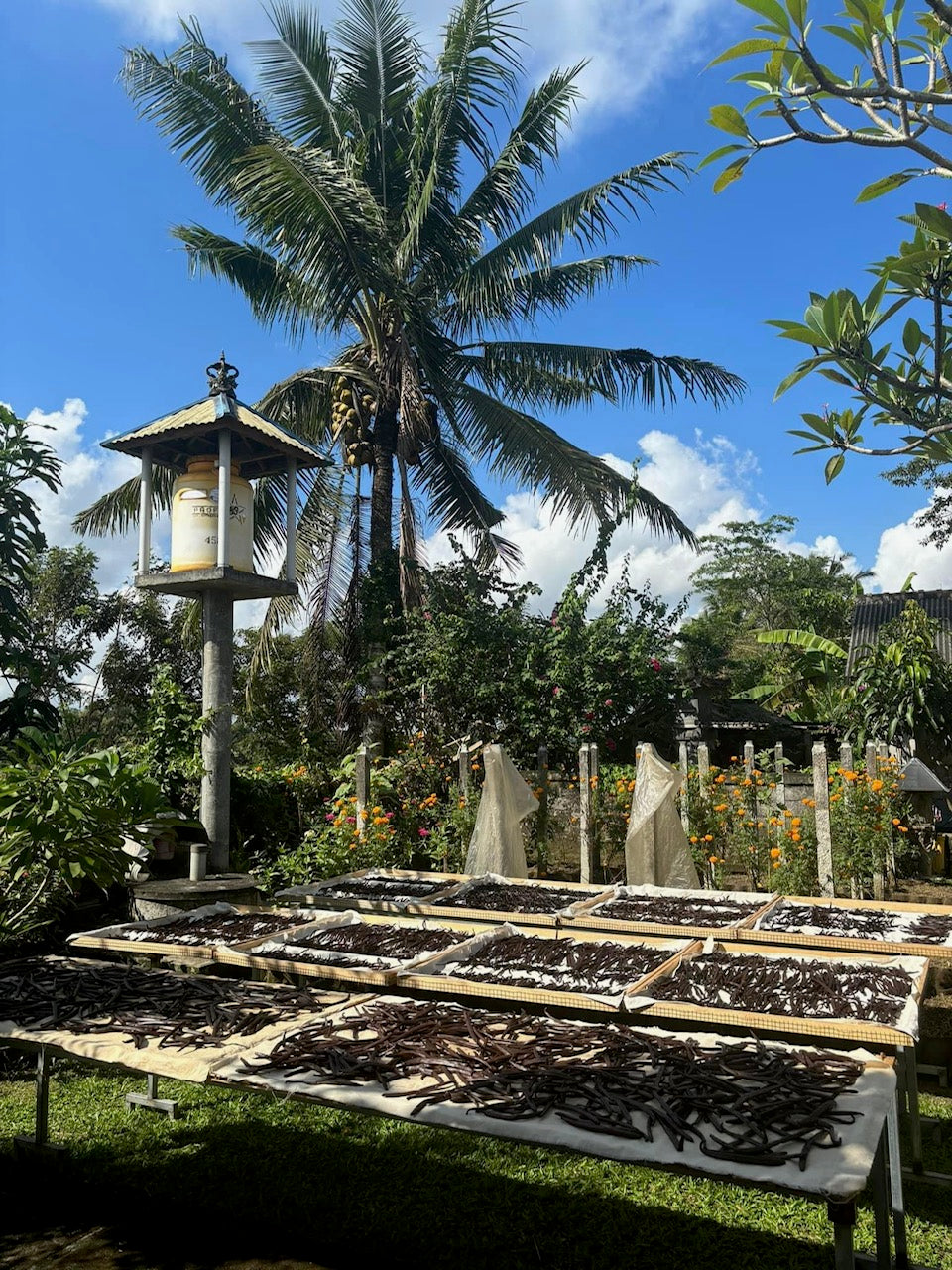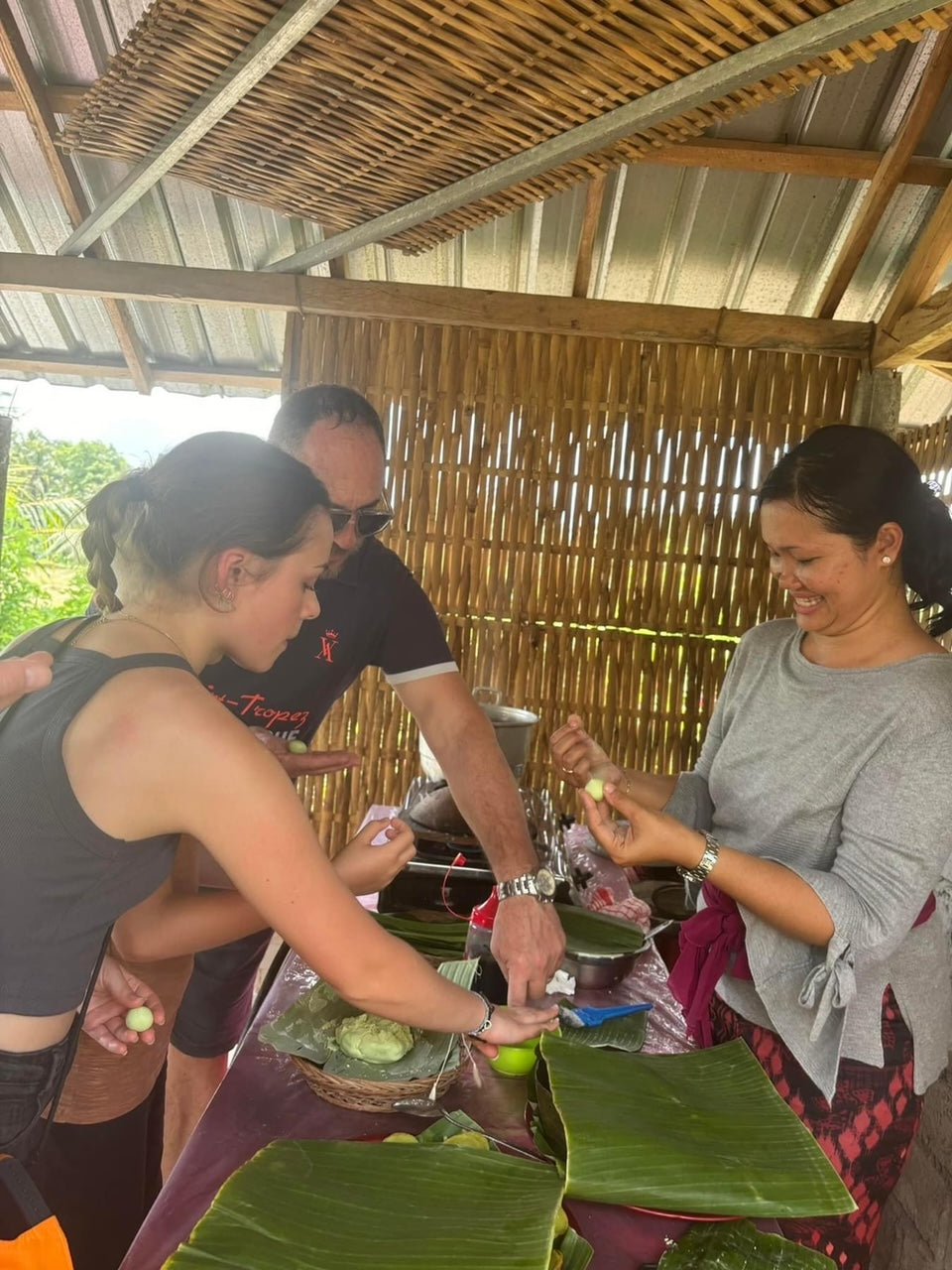Vanilla
Vanilla, a spice born from the fruit of an orchid!
Vanilla is a spice from the fruit of orchids, Vanilla. This plant, native to Central America, is a climbing vine that can reach 15 m in length, live 10 to 12 years, with oval leaves of 15 to 25 cm and greenish flowers. Of the one hundred and ten species in the Vanilla genus, only three are cultivated for commercial purposes.
Madagascar Vanilla or Bourbon Vanilla?
The two terms frequently used by vanilla retailers actually refer to the same variety of vanilla, Planifolia.
"Madagascar vanilla" is a name used to refer to vanilla originating from Madagascar, which is a major vanilla producer. Contrary to what the name might suggest, it does not refer to a specific variety of vanilla, but rather to the geographical origin of the vanilla.
As for Indonesia, although it is also a major producer of vanilla, the term "Indonesian vanilla" is not used. Vanilla grown in Indonesia is usually Planifolia vanilla, similar to that of Madagascar, but can also be Tahitensis vanilla.
The name "Bourbon vanilla" is used specifically to differentiate vanilla productions (Vanilla Planifolia) from the Indian Ocean, especially those from Madagascar, from Mexican, Tahitian or Indonesian productions. (Wikipedia).
Planifolia vanilla in Bali, a fair and responsible culture
The cultivation of Vanilla Planifolia in Bali is mainly carried out by small independent farms. Local farmers still use traditional cultivation methods and produce very good quality vanilla. Vanilla plants need a warm, humid climate to thrive, and Bali offers ideal conditions for this crop.
In addition, we work closely with a cooperative located in the heart of Bali, to guarantee you a fair price while respecting the income of local farmers.
Culture
After the hand pollination of the vanilla flowers, it is necessary to wait about eight months for the fruit, the pod, to reach its size and ripen. The vanilla harvest is done in an artisanal way and the pods are picked by hand when they are still green.
Treatment
Scalding : Once picked, the pods undergo a hot water bath at a temperature of 50°C, for 5 minutes, to facilitate the removal of the outer envelope.
Winding : The drained pods are placed while still hot in wooden boxes lined and wrapped in blankets to maintain the heat and promote fermentation.
Steaming : The pods are then left to ferment for 3-5 days, during which they change color and develop their characteristic aroma.
Drying : The pods are then dried in the sun for 4 hours a day for 15-20 days depending on weather conditions.
Refining : For 6 to 10 weeks, the pods are placed in a wooden trunk and stored to dry naturally in a well-ventilated room. This allows vanillin development to continue while reducing their moisture content.
Sorting and packaging : Finally, the pods are carefully sorted according to their size and quality, before being packaged for storage or shipping.
Ce que nous proposons
-
Option 1
- Acceuil
- Visite d'une ferme de vanille
- Explication sur la culture
- Présentation de la vanille
Durée : 2-3 heures
Prix : 150k IDR
-
Option 2
- Ce qui est inclus dans l'option 1
- Atelier cuisine de gateaux traditionnels
- D'autres surprises
.
Durée : 3-4h
Prix : 250k IDR
Dans les deux cas, nous prenons le temps de discuter des envies de chacun et diverses informations supplémentaires seront ajoutées en fonction.
En étant une visite « à la maison », vous aurez également l'opportunité de découvrir et d'en apprendre davantage sur la vie à Bali.
Chaque visite sera adaptée et unique à sa façon.
Visite
Vidéo réalisée par Andrew Wong lors d'une visite des fermes de vanille





